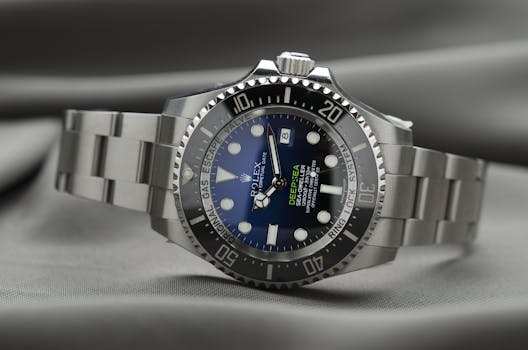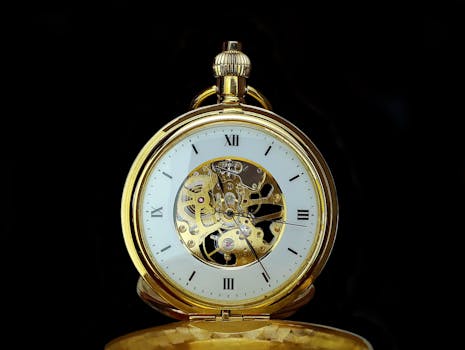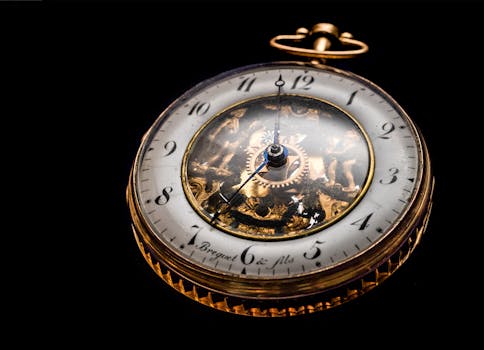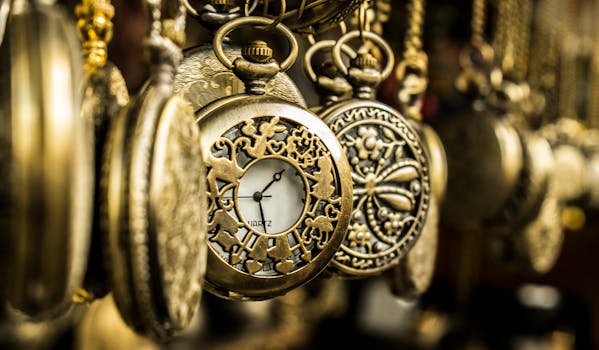
Understanding Watch Complications and Their Functions
Introduction to Watch Complications

Understanding watch complications and their functions is essential for any watch enthusiast. A watch complication refers to any feature that goes beyond the basic display of hours and minutes. From simple date displays to complex astronomical indications, watch complications can add significant functionality and value to a timepiece. In this article, we will explore the different types of watch complications, their functions, and what makes them unique.
Types of Watch Complications

There are several types of watch complications, each with its own specific function. Some of the most common watch complications include:
- Date display: This complication displays the current date, often in a window or on a sub-dial.
- Day/night indicator: This complication indicates whether it is day or night, often using a rotating disc or a series of apertures.
- Power reserve indicator: This complication displays the remaining power reserve of the watch, allowing the wearer to know when to wind or recharge the timepiece.
- Chronograph: This complication measures elapsed time, often using a separate seconds hand and a series of sub-dials.
- GMT (Greenwich Mean Time) complication: This complication displays a second time zone, often using a separate hour hand or a rotating bezel.
Complex Watch Complications

Some watch complications are more complex and sophisticated, requiring significant expertise and craftsmanship to create. These complications include:
- Tourbillon: This complication counteracts the effects of gravity on the timekeeping accuracy of the watch, using a rotating cage to house the escapement.
- Perpetual calendar: This complication displays the date, day, and month, and automatically adjusts for leap years and month lengths.
- Astronomical complications: These complications display astronomical information, such as the position of the sun, moon, and stars, and often require significant expertise and craftsmanship to create.
Takeaways

- Watch complications can add significant functionality and value to a timepiece.
- There are several types of watch complications, each with its own specific function.
- Complex watch complications require significant expertise and craftsmanship to create.
Conclusion

In conclusion, understanding watch complications and their functions is essential for any watch enthusiast. From simple date displays to complex astronomical indications, watch complications can add significant functionality and value to a timepiece. Whether you are a seasoned collector or just starting to explore the world of horology, learning about watch complications can enrich your appreciation and understanding of these intricate timepieces.






